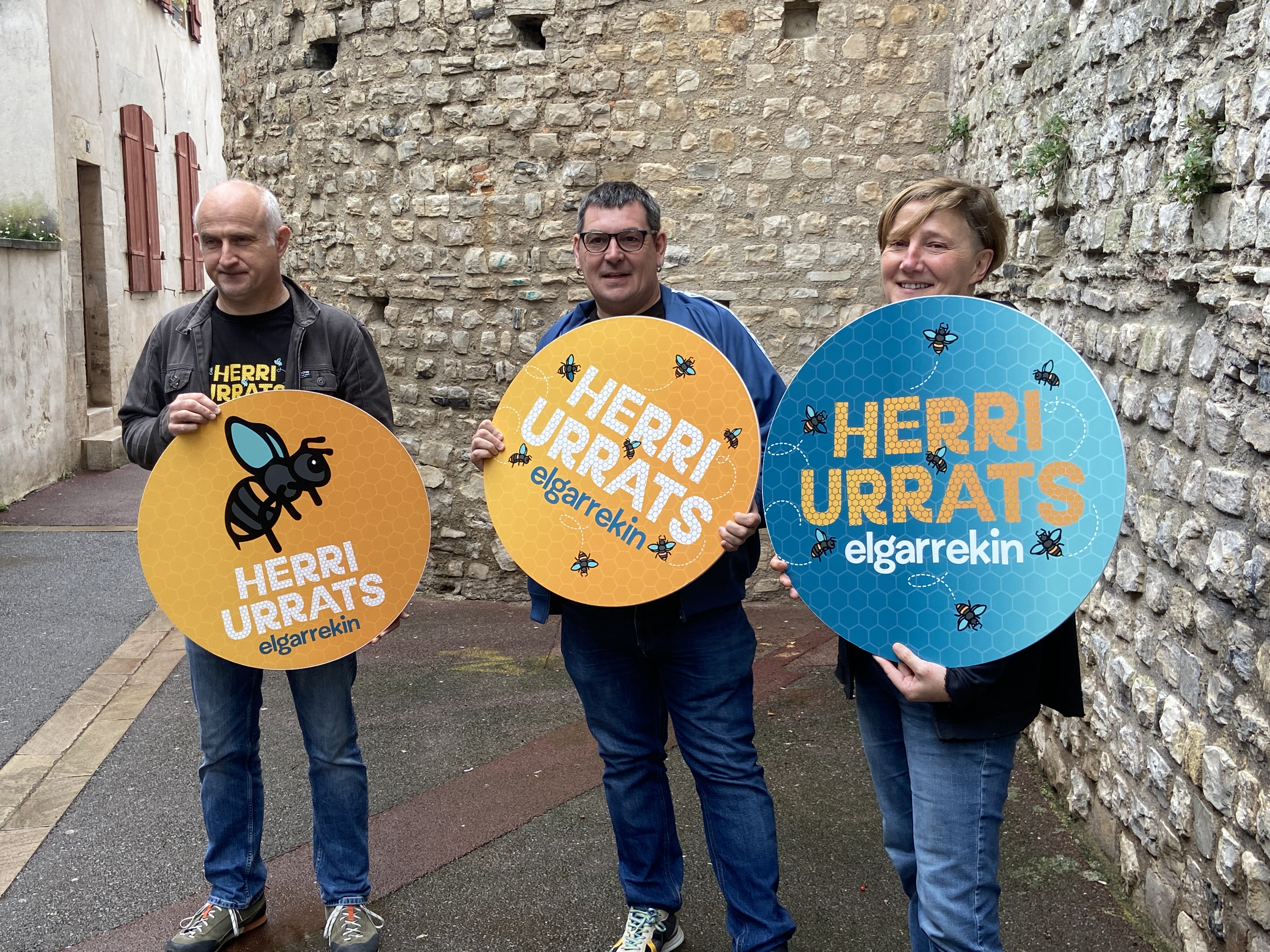There is no stigmatized school in Judimensiondi: Basque families have also enrolled in the school of the neighborhood
- In the Vitorian district of Judimendi, the school model A has been converted into model D, with a notable pre-enrollment result: of the 15 children enrolled in the 2 year class, approximately half belong to Basque families. “Gradually ending segregation is a desire of all, and the involvement and commitment of parents is key in this path.”

Being model A, all students are children of families of foreign origin or families living in Spanish at home. However, in order to attract the children of the Basque parents from the neighborhood, model D is introduced, which will begin at 2 years of age and, gradually, after a few years, will cover all levels. For the first year of model D, the fact that half of the registered families are parents with Euskera has demonstrated the success of the wager: “We made a very positive assessment, we have seen the need, we have tried to extend the classes to the neighborhood and the families have taken the witness. We appreciate the courage of this new family group, which will be one of the fundamental pillars of the transformation process, I think it is essential”, told ARGIA Amaia Zudaire, director of the school. In short, “taking the step can only be scary, the group has another strength”.
It is also the result of work in which the previous relationship with parents has borne fruit. In the neighborhood, numerous initiatives have been taken to publicize the transition process, to make the school known and to convey all the explanations families needed. “Among the new families is the concern, how will that coexistence be between languages, and it is perfectly understandable, we have explained to them how we will act, what are our references… and this year we will address it, because work is important, experience will also tell us where to go.”
Ramón Bajo school, which a few years ago took the leap from model A to model D, has also collaborated. Ramón Bajo is a public school in the old town of Vitoria-Gasteiz whose trajectory has served them. “We have to bring what we have received to our reality, this is only the beginning.” One of the keys provided by Ramón Bajo: to take great care of relationships and welcoming, to explain each step well.
"The concern among new families is how this coexistence between languages will be, and it is perfectly understandable; we have explained to them how we will act, what references we have..."
From segregation to diversity
In education, student segregation is one of the main themes; is it a Judimensiondi model that has opened the doors to diversity? “We are not an example of anything,” says Zudaire, “we have also taken advantage of the experiences of other schools and reflected; there is a nice, public, plural and Basque challenge; the current reality is plural and we are all part of that change, we all have to unite.”
The principal says that the Judimendi school is a reflection of the reality of the neighborhood, a plural reality, understood from the richness. Located in the center of the neighborhood, it is a small school open to the environment, which welcomes Infant and Primary Education: “We all know each other and that makes things very easy, we all act together; closeness and close relationships are related to quality education”. Small ratios, intergenerational pedagogy, recently transformed patio… are attractive advantages for those who have chosen the Judimendi school. And all of this, of course, the Basque and the Basque.
We have had to endure another attack on our language by the Department of Education of the Government of Navarre; we have been forced to make an anti-Basque change in the PAI program. In recent years, by law, new Model D schools have had to introduce the PAI program and have had... [+]
Public education teachers have the need and the right to update and improve the work agreement that has not been renewed in fifteen years. For this, we should be immersed in a real negotiation, but the reality is deplorable. In a negotiation, the agreement of all parties must be... [+]
Lehengai anitzekin papera egitea dute urteroko erronka Tolosako Lanbide Heziketako Institutuko kimika industrialeko ikasleek: platano azalekin, orburuekin, lastoarekin, iratzearekin nahiz bakero zaharrekin egin dituzte probak azken urteotan. Aurtengoan, pilota eskoletan kiloka... [+]
Garai kuriosoak bizi ditugu eta bizi gaituzte, zinez. Hezkuntza krisian dela dioten garaiak dira eta, gutxien-gutxienean, aliritzira, ba aizue, 2.361 urte ditu gaurgero boladatxoak.
Ez zen ba debalde joan Aristoteles bere maisu maite Platonen akademiatik lizeo bat muntatzeko... [+]
















